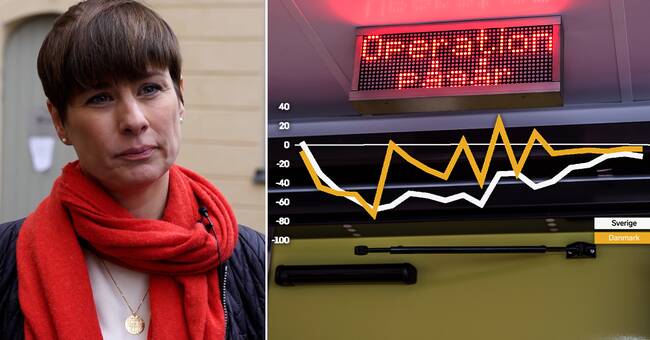Week 11 in 2020 meant a shift for many countries in the management of covid-19.
The World Health Organization WHO then decides that the virus should be classified as a pandemic.
In Sweden, it is proposed to limit public gatherings to a maximum of 500 people.
Denmark announces that it will close schools, preschools and universities for two weeks.
In both countries, healthcare is changing - from routinely planned care to increased intensive care capacity.
The number of planned surgeries and procedures performed decreases like a stone.
But in Denmark, during the spring and summer, people could continue with their usual medical care to a greater extent than in Sweden.
Something that the Hospital Doctor also reported on.
- There is a big difference between how much responsibility the state takes in the different countries.
Sweden is like 21 different countries, all planned for a big corona wave and shut everything down.
Even though you were affected very differently.
Some parts of Sweden could have run their own operations in a completely different way, says Sofia Rydgren Stale, who is chairman of the Swedish Medical Association.
What would it have looked like in Sweden if you had started more with planned care?
- Then we would have had a much smaller care debt than we have today.
SKR: Could not do anything else
The role of the regions in the pandemic has been a recurring topic in reporting and debate on covid-19.
Emma Spak is head of SKR's health and medical care section, and she says that the situation this spring was so new that no one could know exactly how difficult the situation would be.
- Several regions canceled in advance to be prepared for a very large contagion spread.
But considering that we did not know what it would look like, I can not see that we would have done it any other way this spring, says Emma Spak.
Today, Sweden is the hardest hit country in the Nordic region.
Denmark is the second worst affected in terms of deaths and admitted to the intensive care unit.

